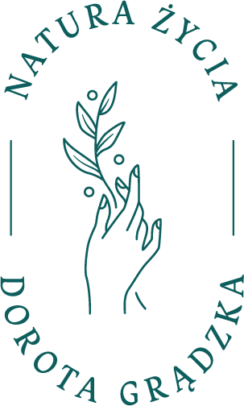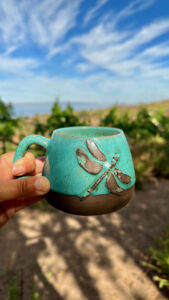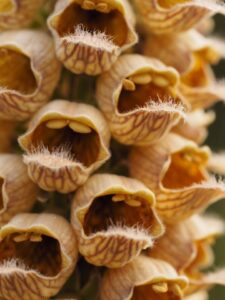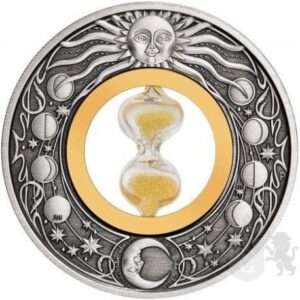Urine, urine, pee
Our internal factory also has its liquid waste.Machines called kidneys filter the blood and carry the yellow (not always) fluid out of the human body.
Urine consists of 95% water. The rest is the addition of unnecessary or harmful metabolic elements, some mineral salts and other substances. If you have some results from a urine test, you may find there additionally: protein, blood, epithelia, bacteria, urate, oxalate and others (if the urinary system is not working properly). The urinalysis gives a picture of the state of our urinary factory.
The colour of the pee is also important. It is usually yellow, rather light (and this is the correct colour). Yellow still can be very dark (we do not consume enough fluids, we are potentially dehydrated) or very light, almost without colour (the kidneys cannot keep up with the correct filtration, they are burdened by the excess of water drunk, and if this is combined with a feeling of great thirst, fatigue, it is worth checking the sugar level).
When analysing the colour of the urine it is worth recalling what we have drunk or eaten in the last few hours. If the urine is orange, carrot juice may have been on our menu. If the colour is pink, we’ve probably eaten beetroot. Sometimes the colour green surprises us. Check if B vitamins (e.g. B2) have appeared in your supplementation or if it is a drug effect.
On the other hand, if you notice a red colour then the issue may be more serious – it could be blood. At the same time, peeing will probably involve pain comparable to that of razor blades.
Blue/greenish-blue coloured urine is also bad – the cause could be excess calcium in the body. Sometimes a child pees blue. This is a symptom of hypercalcaemia, which the baby was born with.
Brown urine can mean liver or kidney disease.
However, before you get nervous about a urine colour other than yellow, have a look:
- how long it takes for your urine to change colour,
- whether the intensity of the colour is the same every day,
- whether there is blood in the urine,
- what your pee smells like,
- how often you pee, whether less often or more often than usual.
- how much you drink during the day,
- what you have eaten recently,
- what medications you are taking.
Sick kidneys can result in other conditions such as oedema (water retention in the body), stones, calcification of the arteries, high blood pressure or rheumatism. Bags under the eyes (such soft pillows) are a signal that something is not right with the kidneys.
How do you keep your kidneys healthy?
First and foremost, take care of your diet and hydration. Foods that can disrupt our filters are salt, alcohol and excess protein foods, as well as a sedentary lifestyle.
What foods we know support the kidneys and urinary system:
- carrots, celery, parsley, celery, cabbage, red peppers
- rosehips
- young blackcurrant leaves and fruits
- blueberries, cranberries, strawberries, apples
- fish
- egg whites
- olive oil
- garlic, onions
- ginger for compresses
A kidney cleansing treatment is worthwhile. However, before you do it, check with your doctor to see if there are any contraindications.
We can cleanse the kidneys with vegetable juices, but also with herbs.
Below I give the herbal way.
Herbs:
- Corn kernels 4 part
- Bearberry leaves 3 parts
- Knotweed 2 parts
- Heather blossom 1 part
- Juniper fruit 1 part
- Marshmallow root 1 part
- Horsetail herb 1 part
Pour ¾ l of cold water over 3-4 tablespoons of herbs and set aside overnight. In the morning, boil the herbs for 10-20 minutes. Strain. Drink 3-4 x daily, ½ – 2/3 glass each during the day (can be taken in a thermos). In addition to drinking the decoction, eat large amounts of parsley (about 1 bunch). You can boil a “parsley” infusion. Add a bunch of parsley to 2 cups of cold water and boil for 3-5 minutes. Strain. Drink 1-2 glasses daily. Can be prepared for 2-3 days, kept in the fridge and reheated before drinking. Take 1x daily vitamin B1 (horsetail leaches).
Use the treatment for 1-2 months. During kidney cleansing do not drink coffee, tea, cocoa. Do not eat sorrel, spinach or cranberries.
And finally, some interesting facts from the book “Beki, snot, farts, or what goes on in my body”.
- In ancient Roman times, urine was used to encrypt secret messages; letters written in urine only became visible when the letter was heated.
- Before the discovery of yeast, bakers in Europe added urine to dough to make bread rise. Hm … yummy?
- Over the course of a man’s lifetime, his kidneys filter more than 4,500 cubic metres of water. And we have a small lake 🙂 .
- Ladies in England and France used to use urine to add a glow to their skin. They also peed on their own hands to have soft skin, or used puppy pee to do so.
Gennady Malakhov also writes about urine therapy. It is useful to know how one can use one’s own urine for health. I have tested the effectiveness with skin fungus. I was scratched in the wrist area by a cat. The cat had ringworm. My wrist after some time also. Urine tampons at night, soaking in pee helped. Plus berberine sulphate and Shostakovsky lotion during the day. After two months there was not even a trace. I have photos during and after the treatment. They are impressive.
Healthy kidneys and yellow-coloured pee I wish you 🙂 .
Dorothy Nature of Life







